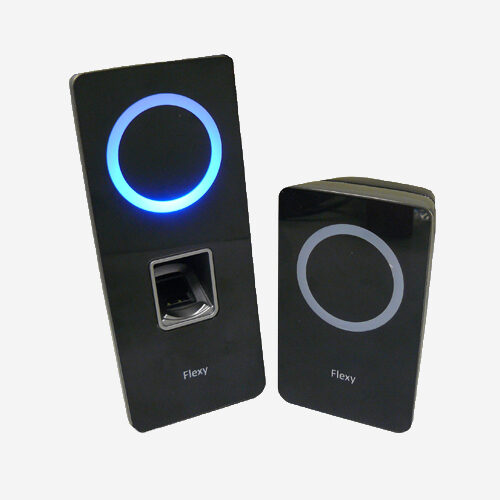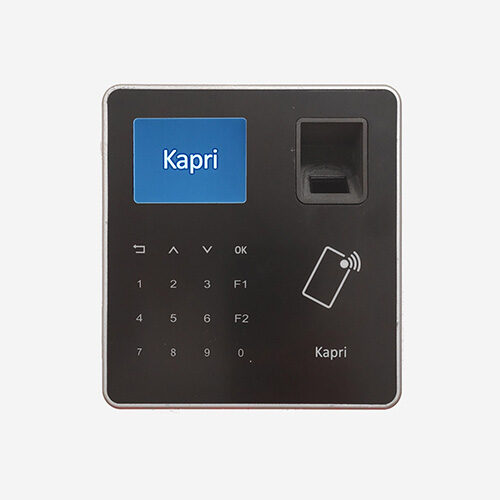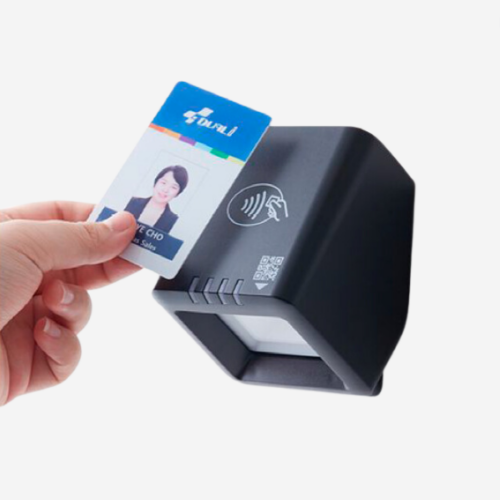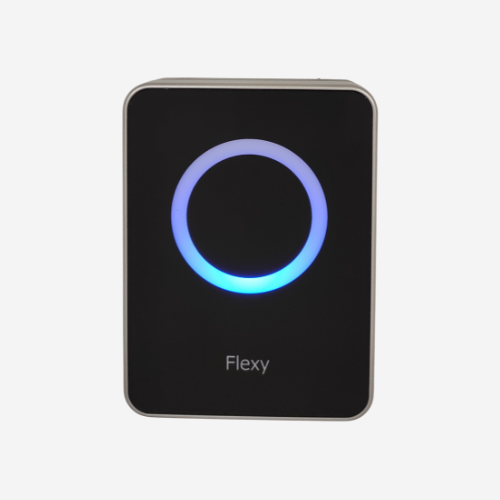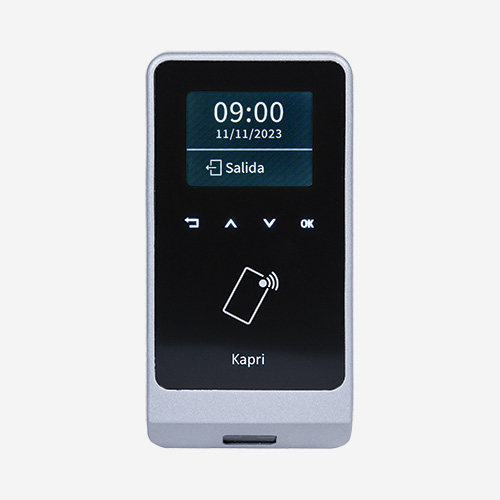Product Description
- It connects several devices, even with different communication channels.
- Create complex networks of devices and manages in a simple way.
- Identification of devices using the EUI64 number.
- Includes KProduct library for electronic devices identification and managing.
- Allows upgrade terminals and perform its behaviour. Firmware upgrade and devices programming.
- Easy to repair and maintain devices.
Next to the need to connect several devices to the same system, Kimaldi has developed a communication protocol of networks, which allows to connect any type of system device, whatever the connection it uses.
Kimaldi KXP protocol manages to communicate all devices of the same system regardless of the communication channel that uses RS-232, USB, CAN, Ethernet, bus etc.
This is achieved through the allocation of a unique identifier EUI64 to each device, a unique 64-bit number that identifies each terminal or electronic board connected to the system.
The KXP Protocol EUI64 is a certificate number assigned to Kimaldi Electronics in particular as manufacturer of electronic devices.
The set of equipment connected in this way is a logical unit called network KXP. To make possible the access of the Host to the network, Kimaldi includes the KProduct library. Both if we connect many elements between each another and if the network is done by a single element, the KProduct library provides a complete and easy to use programming interface.
KXP protocol has data packages through which the information is exchanged between the different devices and the PC or Host. It also includes packages to support the network management. This way the KXP protocol does the following tasks:
- Manage KXP network.
- Exchange data with network elements.
- Upgrade the firmware of the network elements.
KProduct library functionalities
IDENTIFICATION OF THE KXP ELEMENTS OF NETWORKS
- EUI64 identification. Each element of the network KXP has assigned a unique number of 16 digit hexadecimal. This number allows to identify each element of the network and know its characteristics of connection, behaviour, etc.
- Logical Address identification. Although each element has an EUI64, the KProduct library does perform conversions to a much shorter numbers between 0 and 1022.
KXP NETWORK ADMINISTRATION
1. Equipment detection. Consists in find out what elements are connected to the network and the type they are. This is achieved through the implementation of two processes:
a. FastScan. Quick network scan to find out all elements connected.
b. SlowScan. Slow and continuous scan process to check all elements are still connected.
This is the way the application has always upgraded the elements list connected to the network and its state.
2. Logical Addresses management. In order to guarantee all logical addresses of the elements are different, the KProduct library offers two ways to assigned logical addresses, the manual and the automatic (recommended).
a. Manual assignation of logical addresses. When the FastScan mode is executed two tables are completed. One is for the logical address and the EUI64 of each element. The other is for the conflict addressees.
Crossing these two tables we can find out which are the affected elements and proceed to assign them a new free logical address.
b. Automatic assignation of logical addresses. In this mode, once we know which the affected elements are, a specific method is executed to solve the logical addresses conflicts (SolveAllAddressConflicts).
This method, in addition to solve logical addresses conflict, also renames them, so logical addresses from all across the network are sequential starting with the number 1.
DATA EXCHANGE WITH KXP NETWORK ELEMENTS
From the moment the FastScan concludes you can exchange data with the detected elements. For that, the KProduct library has different modules, depending on the data. The most common is to invoke the Instruction Execution Module, to exchange data with sensors, displays, relays, readers, etc.
In all cases the sending of information to the elements is done via instructions. To send an instruction it’s enough with invoke the method with the name of the operation that you want to execute and inform the parameters required.
The elements can also send information by themselves initiative, like an access control terminal sending the user’s data card. The library will shoot an event which communicates this information to the Host.
FIRMWARE UPGRADE FOR THE KXP NETWORK ELEMENTS
If some of the network elements need a firmware upgrade, the KProduct library includes a specific method to do it.
You can only upgrade one element at the same time. When the upgrade is finished with no conflicts, you’ll have a specific event. If there is any conflict you’ll get another event informing about the fail.
REPAIR AND MAINTAIN THE KXP NETWORK ELEMENTS
The fact all elements of the network are connected through the KXP protocol allow to repair and maintain them fast and direct, with no need to include the rest of the network elements.
For example, if we detect one of the elements has no answer to the programmed behavior, we must repair or substitute for another. For that, it won’t be necessary to cut communication with the rest of the elements. Through a specific method of repair or substitution we can act on the element and made the needed action.
This makes easy the action on the KXP network elements, so it is no necessary to stop the communication of all the network elements.


